Eagles, Otters, Bears and Whales in Sitka

In this little town of Sitka with a population of 8,000, we took a boat to explore the wildlife in the sea. Luckily, our boat only had 20 people, so we could run back and forth to both sides to not miss any of the action. Aboard for a three hour tour across the water, we are off to see what critters live in the Alaskan wilderness. We were in for quite a day because there’s a lot to see here!
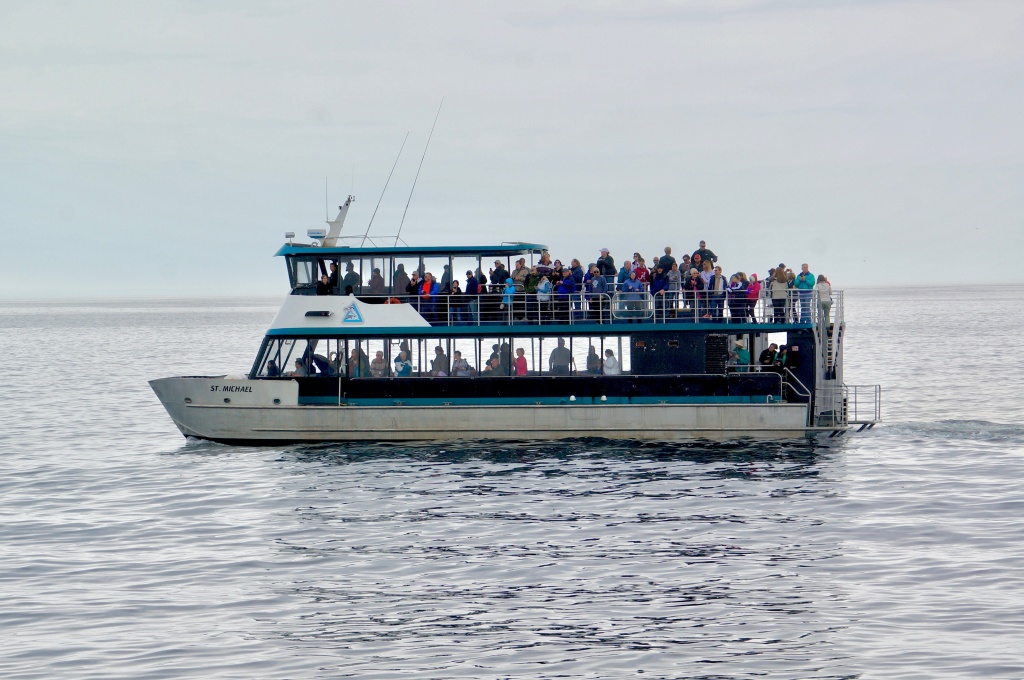
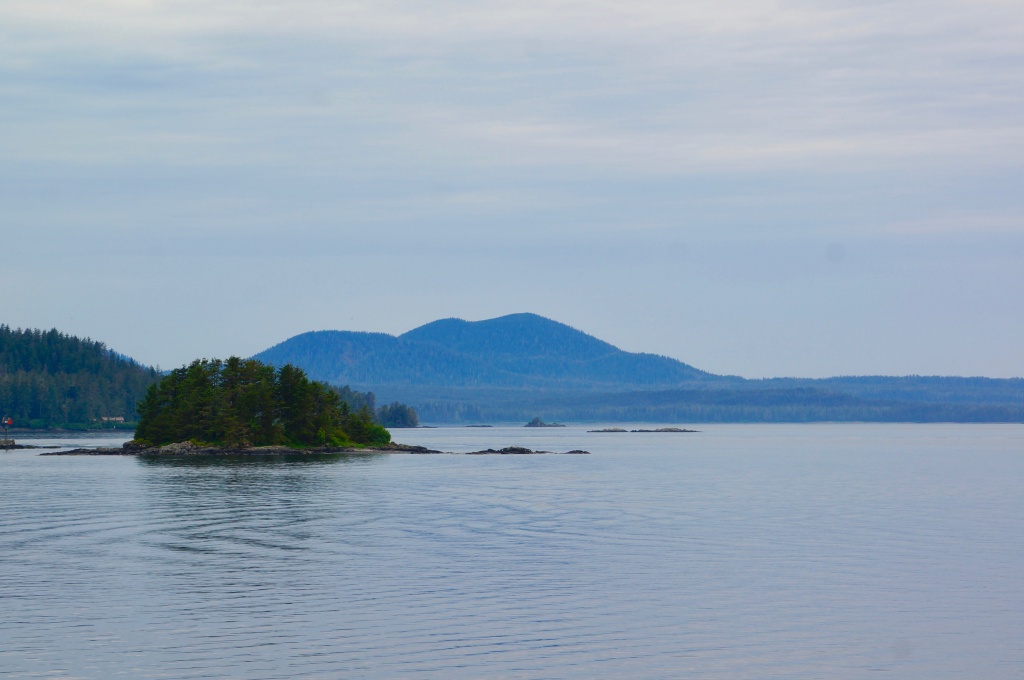
It didn’t take long before we saw our first glimpse of a bald eagle, looking for breakfast. They are really quite big, about three feet tall. With their keen eyes, and powerful talons, it’s amazing to see them fly with their giant wingspan, soaring over the water. There are more bald eagles in Alaska than any other state in the US, with a population of approximately 30,000 in the wild.
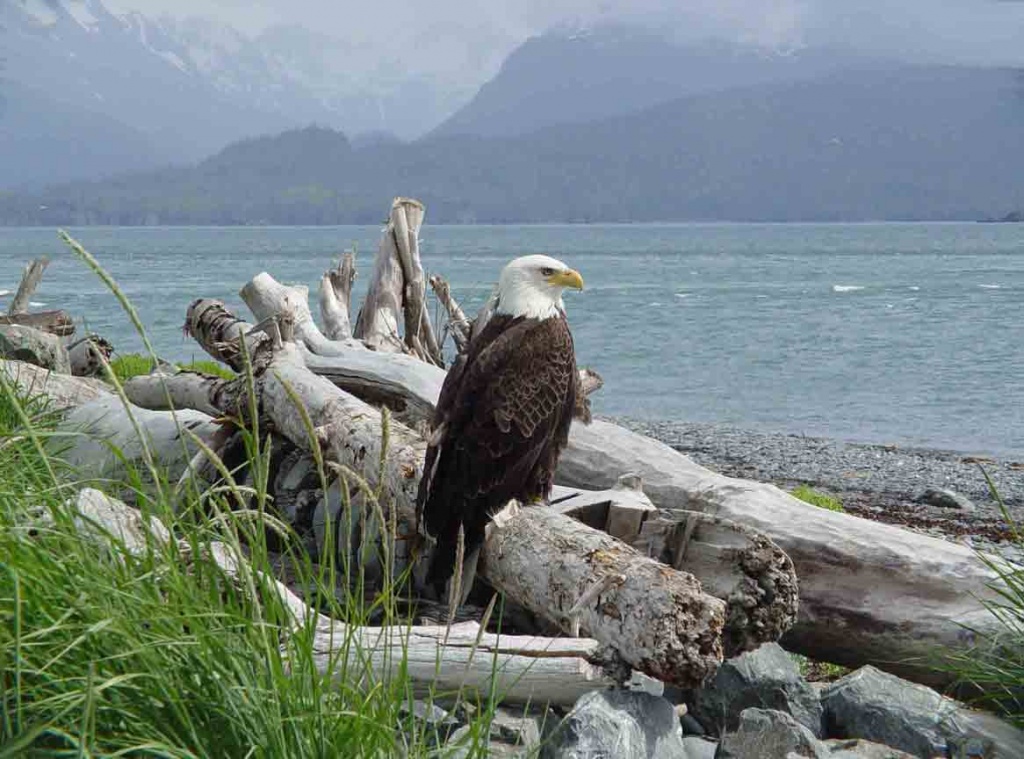
It takes the baby eagles 5 years to get their characteristic white head and yellow beak. The eaglets wingspan is 8′ wide, to help them with their flying. As they mature, the wingspan will diminish to 7′ wide.
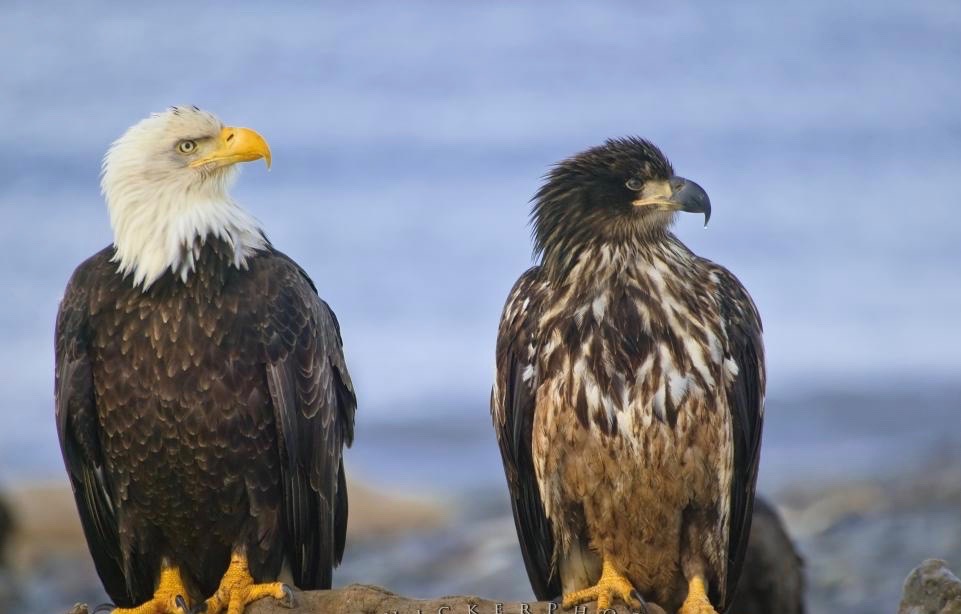
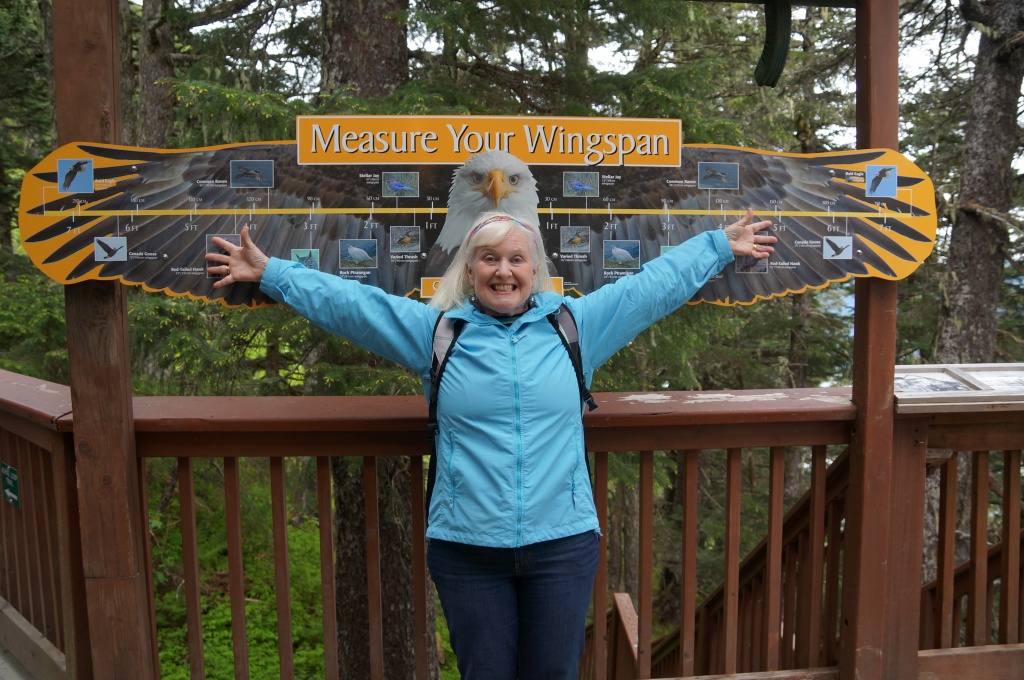
It must have been pup season since we saw so many sea otter moms giving their new pups swimming and diving lessons in amongst the kelp. They have the densest fur in the animal kingdom. Eating sea urchins, mussels, crabs, abalone, snails, and playing all day in the water, they certainly seem to have a fun and mischievous life.
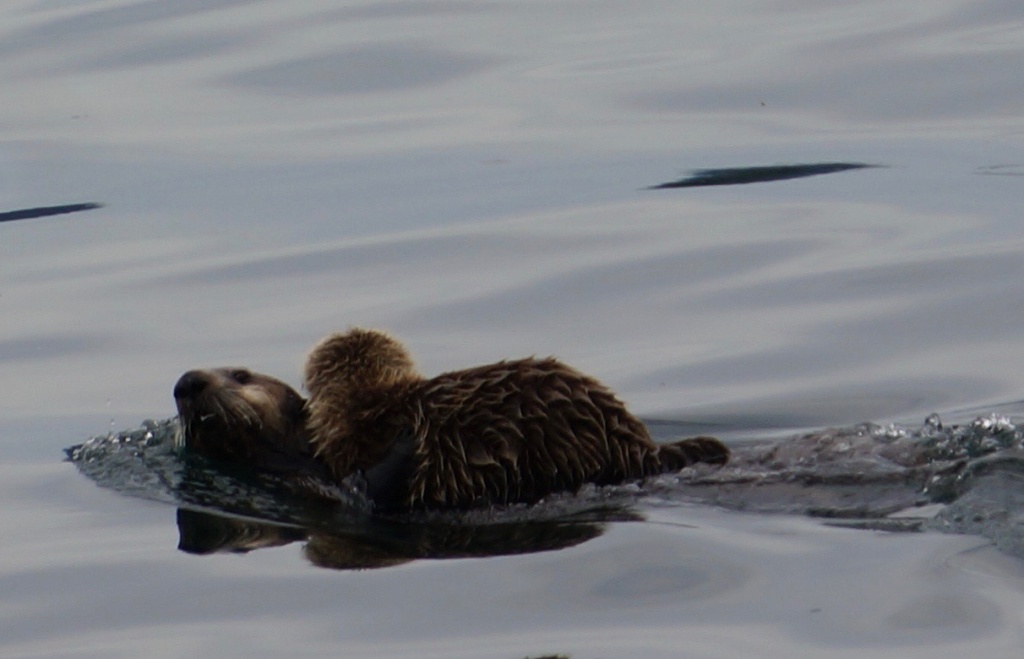
…and how cute are they that they hold hands so they don’t float away from each other.
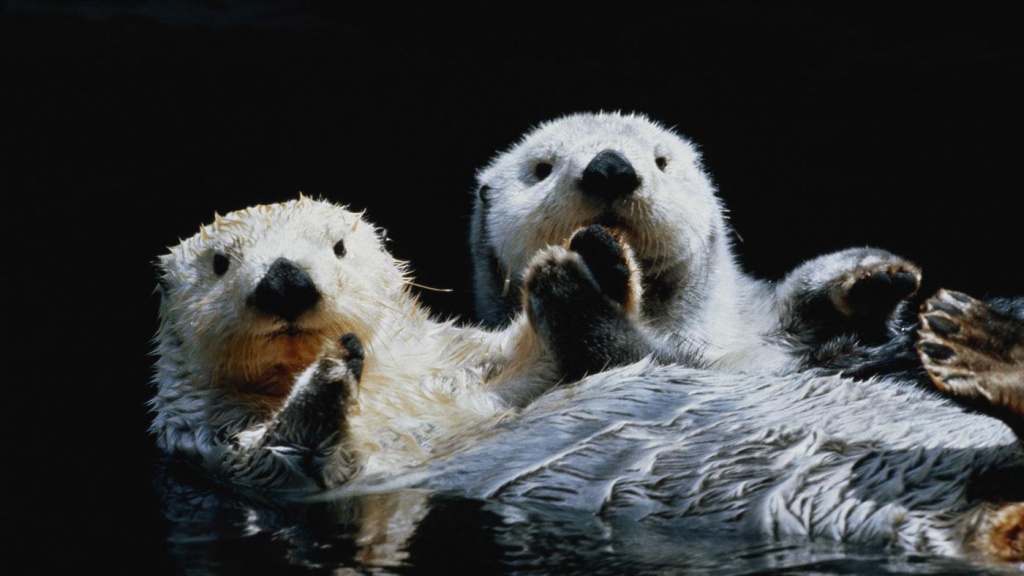
We had never seen orcas in the wild, so this was a pretty amazing sight! We were just glad we didn’t see them eat anything.
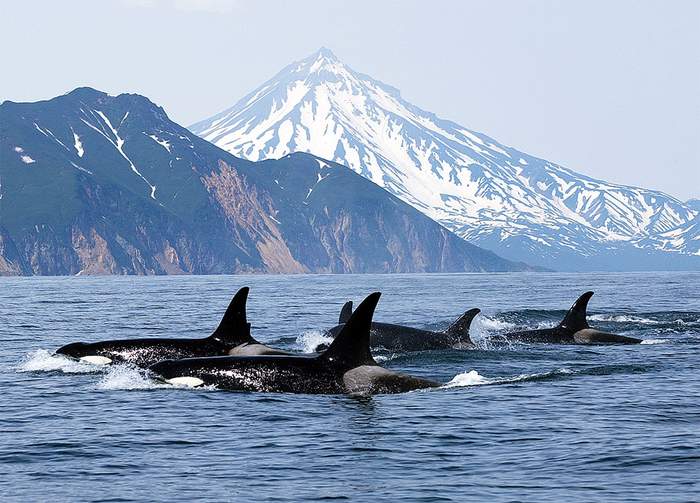
The main difference between brown bears and the Kodiak bears is their size. The females are usually 20% smaller, but these bears weigh between 600-1200 pounds and eat between 25-45 pounds of food every day. They are native, from the Alaskan Kodiak Archipelego, and it is estimated that there are 3,500 in the wild. Between the claws and the teeth, I think it’s best to stay clear of these bears!
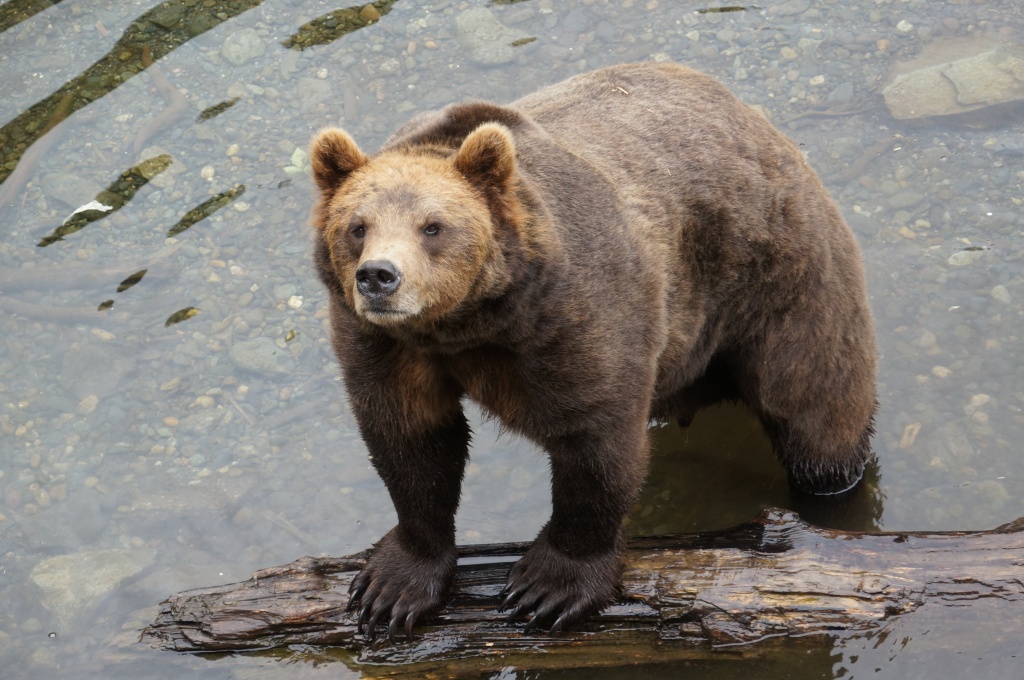
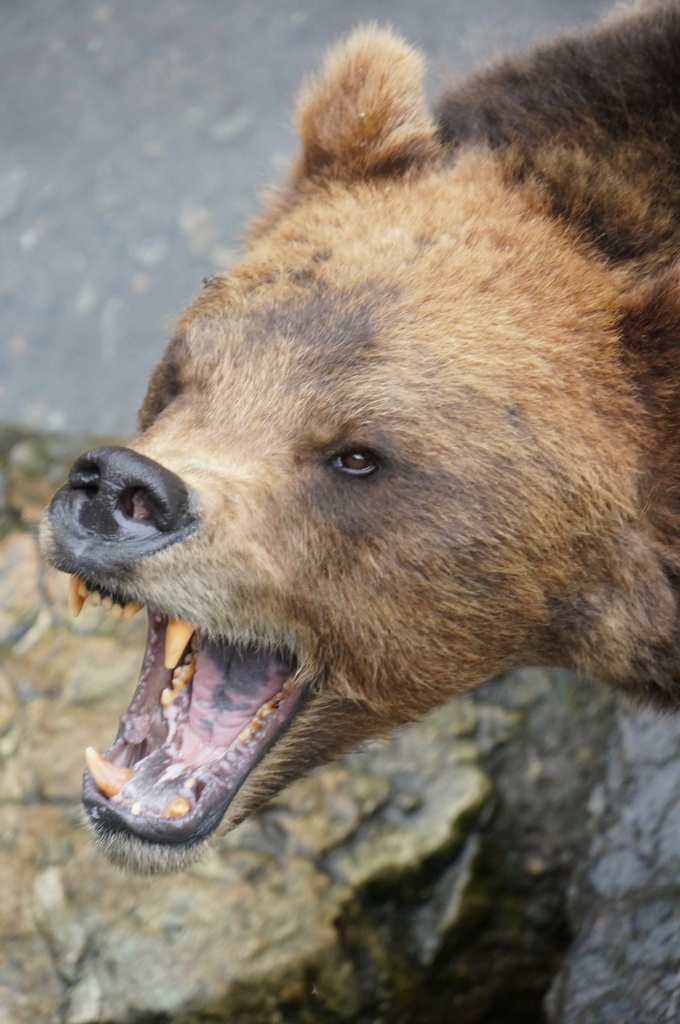
Our favorite thing of the day was watching the humpback whales. In Hawaii, we usually just see a lot of tails and fins, because they don’t eat when they are in the islands, but here in Alaska, they are feeding so we finally get to see their heads! Usually solitary creatures, seen with a baby and possibly a male suitor, it was interesting to learn that the humpback whales work in a well orchestrated group doing something called bubble net feeding.
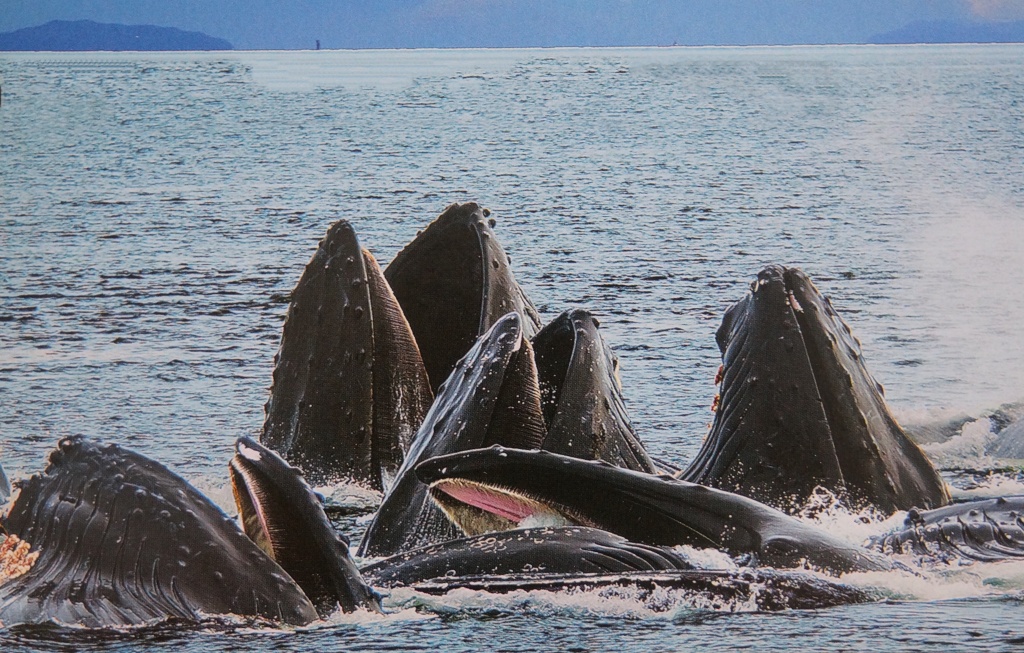
We found a group of 20 or so humpbacks…that alone was a real rarity for us to see, all of them hovering on the surface of the water. When they started their dive for the food, we watched in amazement, as the tails flipped one after another, heading below the surface, all staying in close proximity to each other.
Here’s some video I shot together with underwater and overhead views of the action beneath the surface, courtesy of BBC, along with some narration about bubble net feeding. I hope you enjoy this…it is really amazing to see these incredibly smart creatures.
There is so much natural beauty in this state, with an abundance of wildlife to explore and we’ve only scratched the surface. It’s definitely worth a visit.
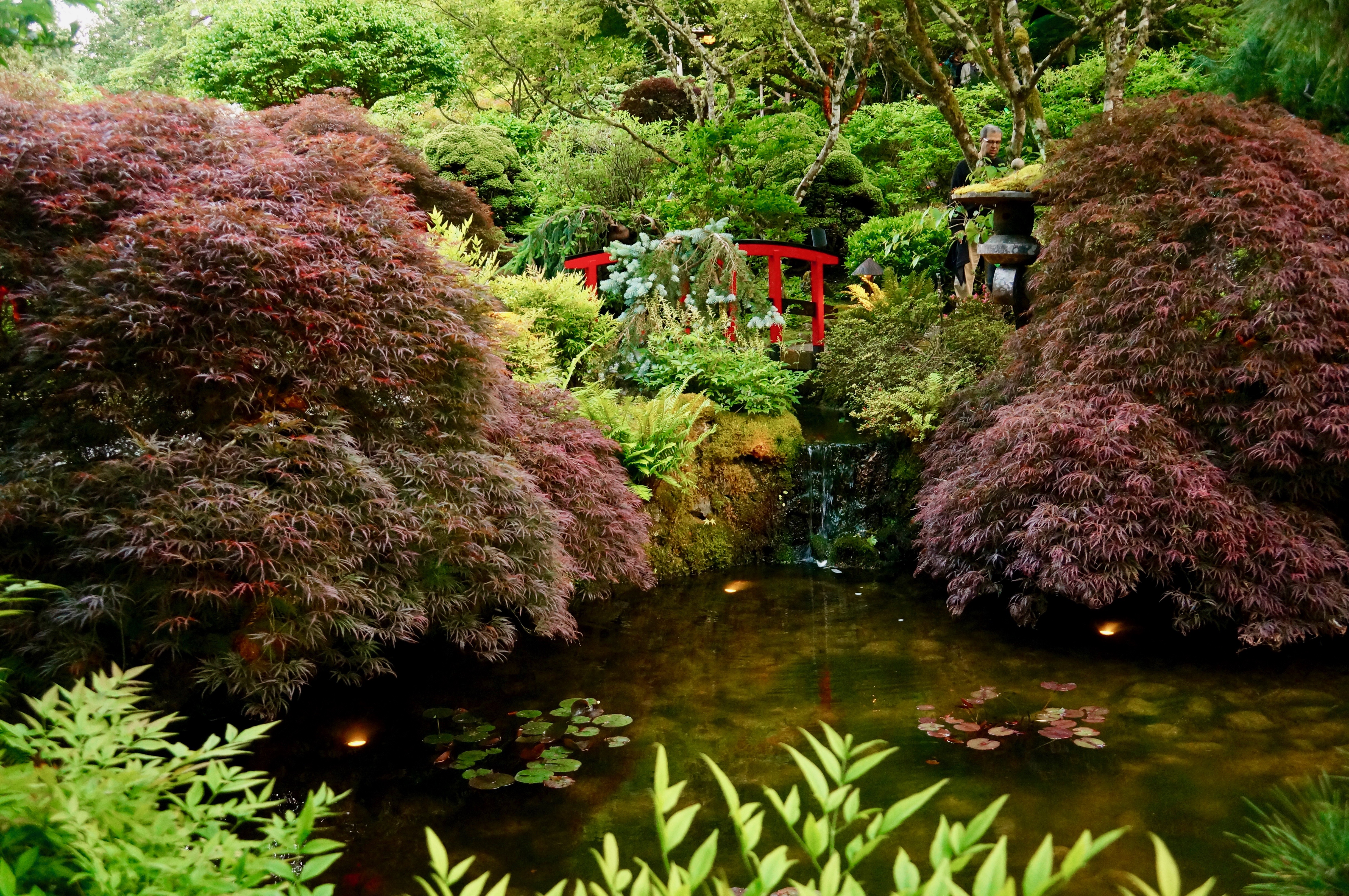

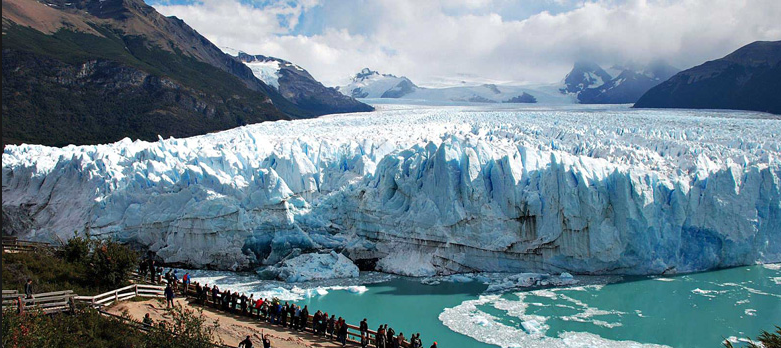
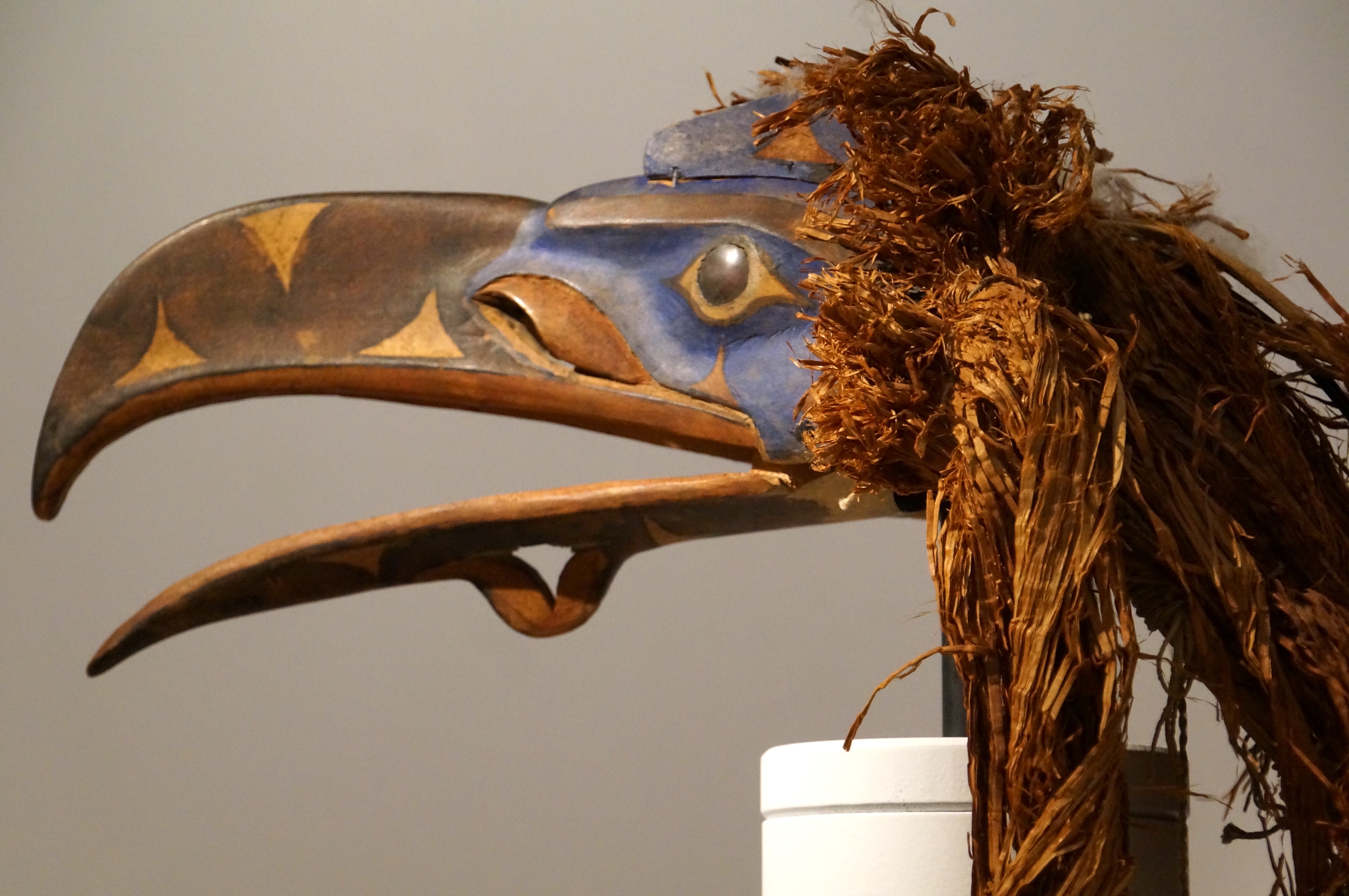
Fascinating and haunting!
Great description and narration of the wildlife in Alaska!
That is what I call singing for your dinner. Wonderful Monie.
Seeing the wildlife in Alaska was amazing, best part of the trip.
Great descriptions & photos ! The wildlife is outstanding
Looks amazing!!! it’s definitely worth a visit:)
All Alaska wild life very interesting.
First time we have seen humpback Whales do Bubble Net fishing when hungry.
In Maui, Hi., we see many of these whales just procreating and “winter vacationing”.
Being on a diet of not eating until hungry until they return to colder waters like in Alaska.
Truly amazing how wonderful the wildlife is in Alaska. Thanks for sharing your experience.
Great whales and fantastic presentation.
A fortunate time to be out on that exertion boat and thanks forsharing the sights with us.
Paul Berger